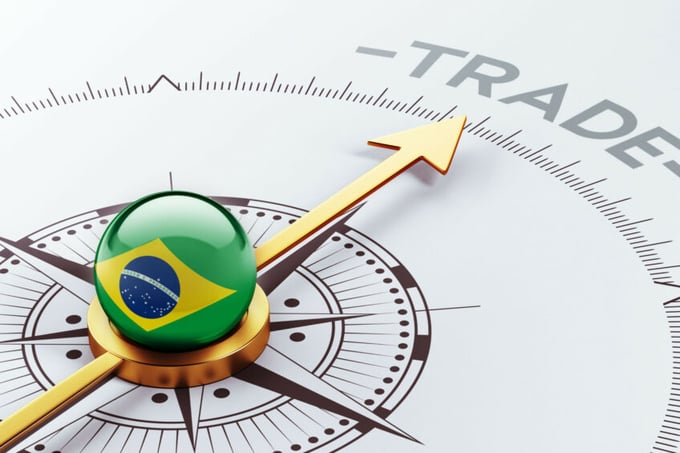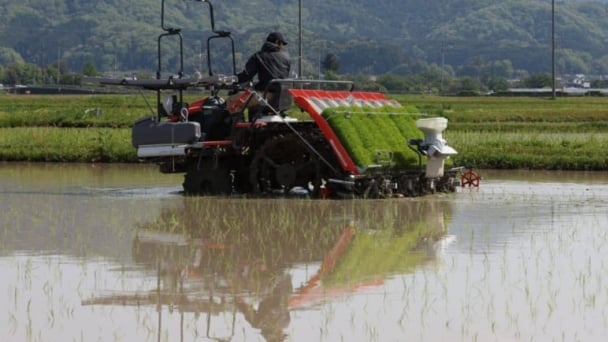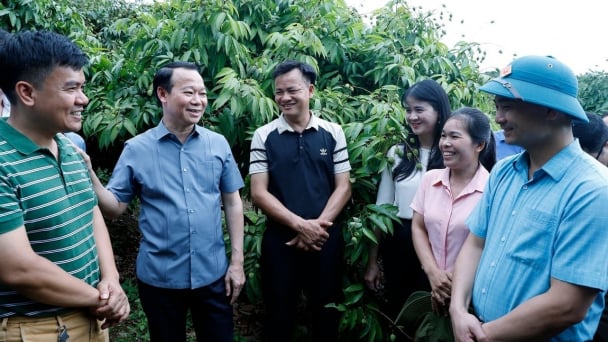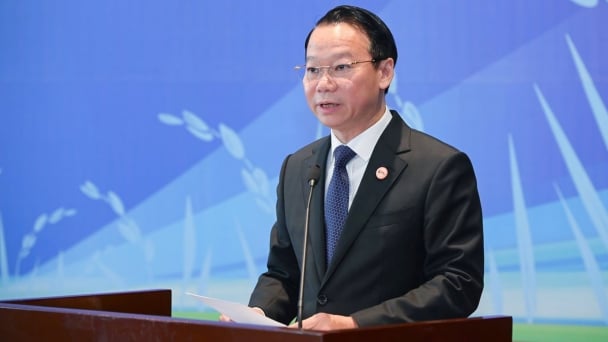May 17, 2025 | 03:39 GMT +7
May 17, 2025 | 03:39 GMT +7
Hotline: 0913.378.918
May 17, 2025 | 03:39 GMT +7
Hotline: 0913.378.918
Although this growth is supported by several key suppliers, Brazil’s expansion drives a significant portion of it.

Brazil's exports may increase by 100,000 tonnes (2%) in 2025, compared to just 40,000 tonnes (1%) for the US. Photo: Embrapa.
The forecast for 2025 follows the recent trend (since the Covid-19 pandemic) in which Brazil’s share of the global market continues to grow, largely at the expense of the US and the EU.
According to the USDA, no single factor is driving Brazil’s chicken exports to rise to a record level, but rather, the expansion is driven by multiple factors, such as disease-free status, export-oriented approach, product offerings, and competitive prices. Many of these factors also support the rise in Thai exports, which are expected to reach record levels.
Sanitary barriers
Brazil continues to maintain its status as free from highly pathogenic avian influenza (HPAI) because outbreaks have been limited to wild birds and backyard animals, with no cases reported in commercial operations. As a result, there is no impact on production or trade restrictions imposed by major markets. Likewise, Thailand has not had a commercial case of HPAI since 2009.
Recent outbreaks of avian influenza in commercial operations in the US and the EU have had a minimal impact on production; however, disease-related trade restrictions continue to limit shipments to several markets.
With a 22% increase in September, chicken exports have grown by 0.6% over the year. In July 2024, Brazil confirmed an outbreak of Newcastle disease in a commercial operation in Rio Grande do Sul – its first case since 2006 (a backyard case). The impact on production was insignificant, and trade restrictions were largely resolved in about a month.
Persistent restrictions may limit exports from Rio Grande do Sul, but they have a low impact on Brazil’s total shipments, as exporters will source from states with qualified supplies. Rio Grande do Sul accounts for approximately 11% of Brazil’s chicken meat production.
A focus on exports
Brazil and Thailand direct a larger share of production to exports compared to the US and the EU. In Brazil, about 33% of chicken production is exported. The export focus is only viable if a country can offer the range of products demanded by foreign markets.
Various key global markets import a wide variety of products, such as breast meat, whole birds, deboned meat, prepared products, etc. Thus, the growth in US shipments is generally limited, as domestic demand for breast meat restricts the range of products for export.
Almost 60% of US chicken exports in 2023 were frozen legs and leg quarters, usually bone-in. Similarly, specific requirements from various key markets, such as religious slaughter practices, also present challenges for the US industry, which is primarily domestically oriented.
Production costs
As a major producer of corn and soybean meal, Brazil also has a competitive advantage in chicken production due to lower feed costs.
The US also has ample feed supplies and competitive prices, but feed costs are higher than in Brazil. Additionally, labour costs in Brazil are significantly lower compared to the US. Competitive labour costs enable the shipping of products like deboned meat.
Brazil vs the US
Brazil’s exports may increase by 100,000 tonnes (2%) in 2025, compared to just 40,000 tonnes (1%) for the US. The largest import increase would come from Mexico, Saudi Arabia, Singapore, the United Arab Emirates, and the United Kingdom. Brazil can compete strongly in all of these markets with regard to price and product offerings.
These key growing import markets in 2025, except for Mexico, are not significant US markets, which limits US expansion. Additionally, Brazil is able to continue eroding the US market share in several of its main markets due to price competitiveness and greater product offerings.
(PW)

(VAN) Japan's efforts to lower the price of rice through the release of its stockpile may finally be making some progress, albeit at a snail's pace.

(VAN) U.S. tariffs are not only a 'shock', but also an opportunity for Vietnamese businesses to renew their mindset toward comprehensive development.

(VAN) As Bac Giang lychee enters the harvest season, Minister Do Duc Duy expects that the fruit will contribute greatly to agricultural exports due to standardized production and deep processing.

(VAN) Consumers have shown a preference for free-range eggs, but those farming systems are more vulnerable to biosecurity risks like bird flu.
/2025/05/09/5701-1-184335_301.jpg)
(VAN) Vietnam’s eel exports nearly doubled thanks to a mud-free farming model, opening up new prospects while still facing numerous barriers related to international standards.

(VAN) Minister Do Duc Duy warned that if production is not professionalized and supply chains are not transparent, the U.S. market could become a growth bottleneck.

(VAN) Delegating surveillance responsibilities to local authorities is a cost-saving and efficiency-boosting measure that removes a key bottleneck for enterprises, according to Director General Duong Tat Thang.